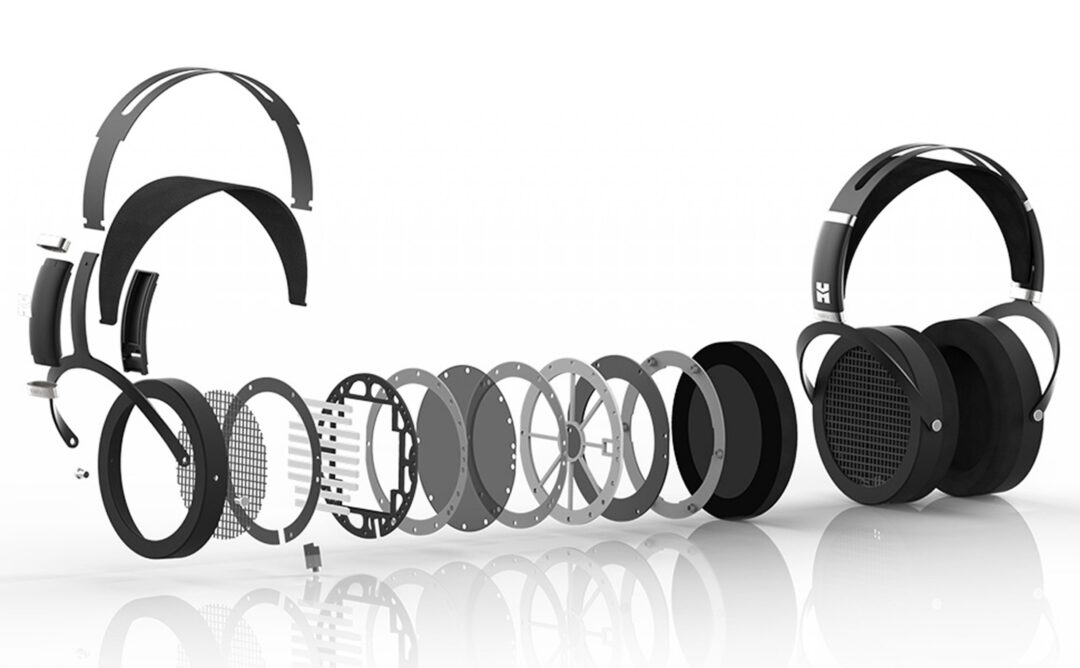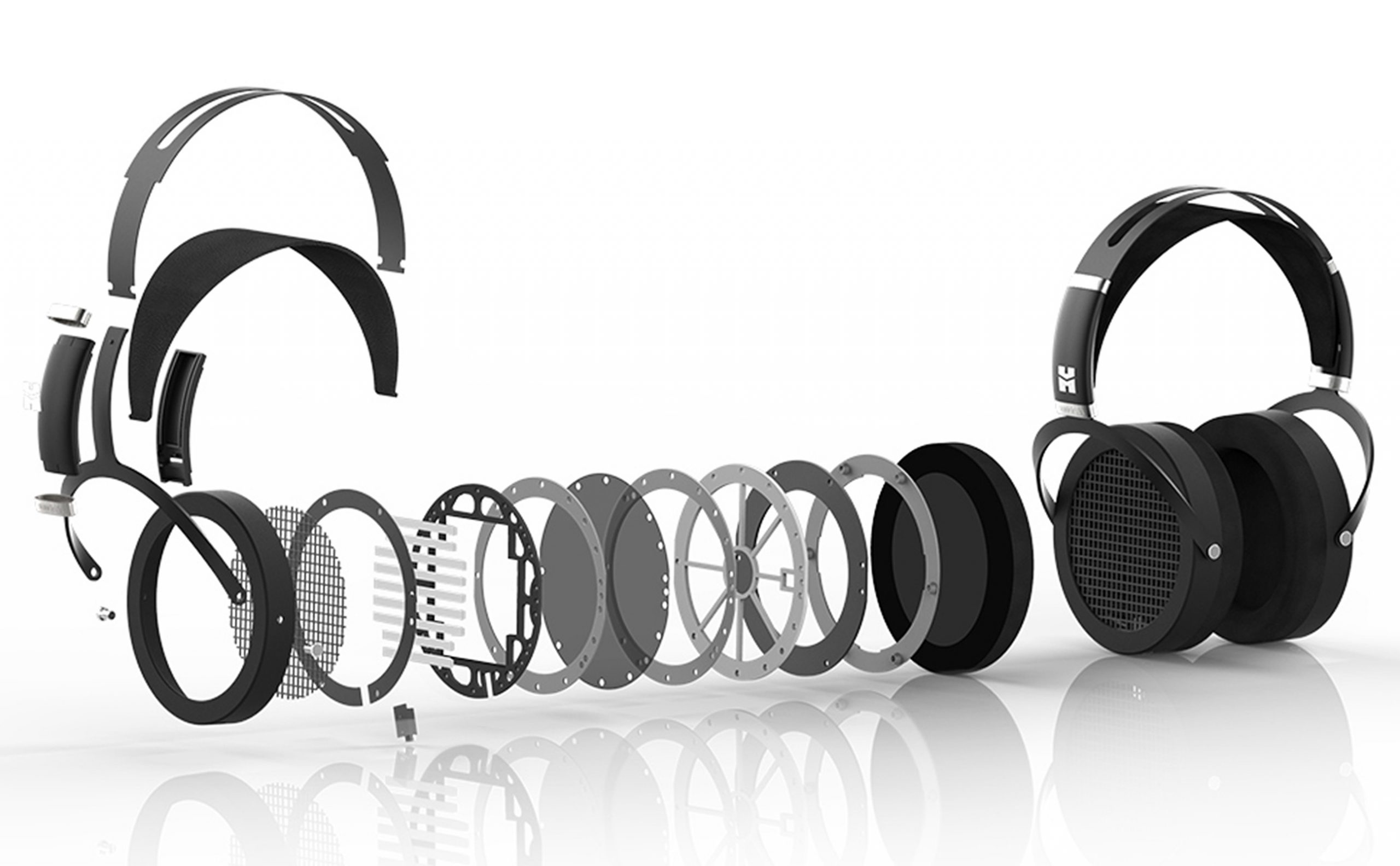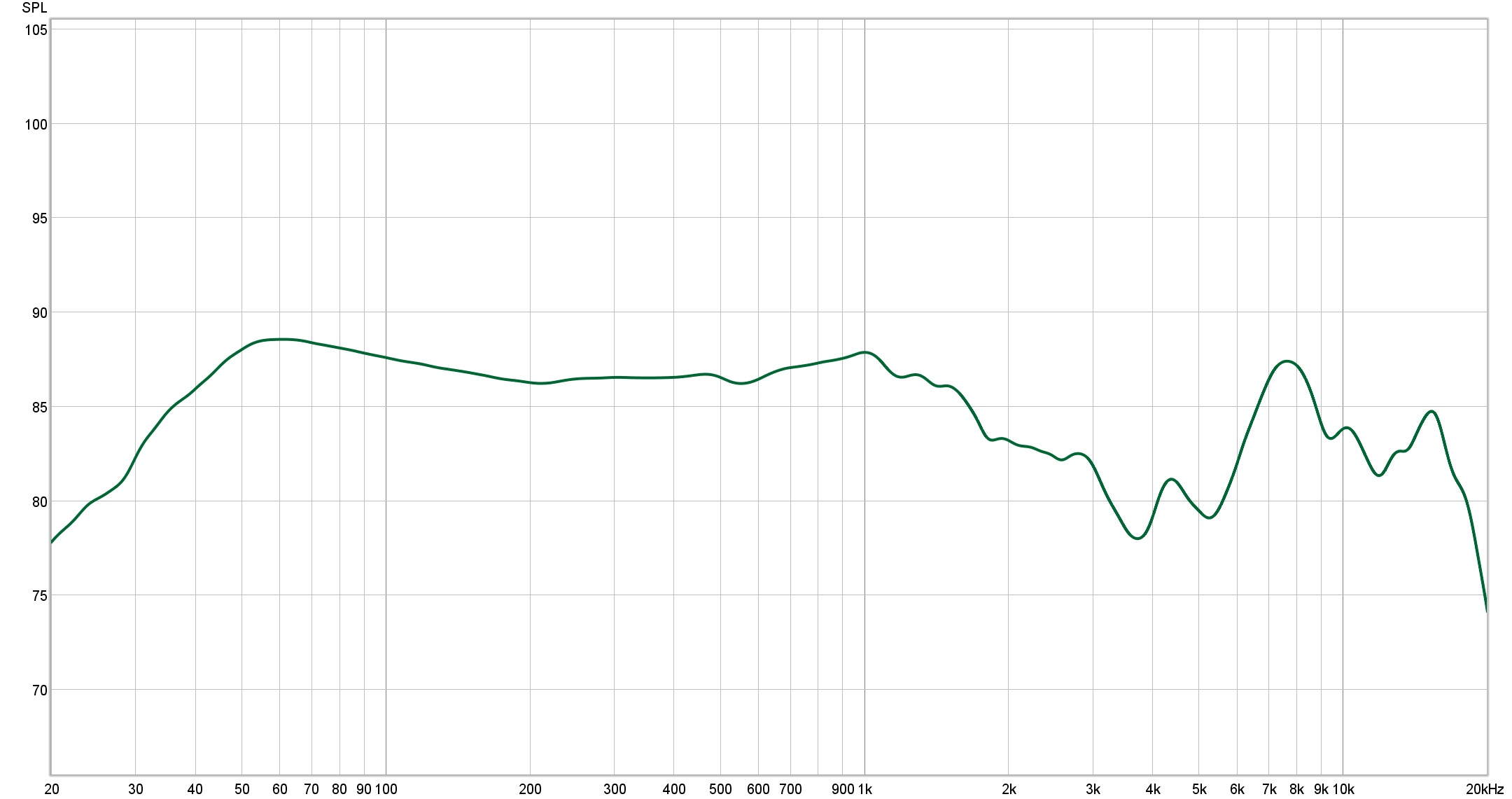While most headphones use dynamic elements, some make their own elements, which use a different operating principle. Hifiman Sundara is among them, and here the membrane surface is also larger than usual. Sundara uses planar magnetic elements in open earbuds, it has its advantages, but also some disadvantages.
The earbuds at Sundara are by far the largest in this class, and each of them is connected but a cable that is easily replaceable. A shorter 1.5m cable is also included, but despite the low impedance, they are not particularly suitable for mobile phones. But they can be equipped with balanced cables, if you have a headphone amplifier with balanced outputs.
Hifiman Sundara in use
With low impedance and low sensitivity, Sundara is relatively nice to operate with an Audioquest Cobalt, connected to the mobile, although the towering physics of the headphones are not very suitable for portable use. They are better suited in the easy chair, plugged into the output of a Hegel H190, or the affordable headphone amplifier Shiit Magni 3+.
The high weight is elegantly compensated by the large, sloping ear pads and the wide band under the headband. Here the sound leaks in abundance from the grid on the earbuds, but to a lesser extent from the ear pads. Which uses artificial leather on the sides, and fabric on the inside. Sundara are by far the stiffest headphones in the test, and adaptation is not easy. You can bid gently on the metal hoop if you have to, but I found that they sat close and well on the head without physical modifications.
The plane magnetic structure in Sundara has a lower moving mass. A so-called Neo Supernano membrane, which is between 1 and 2 microns thick, is lighter than a dynamic membrane, and in theory it should provide a more precise and faster transient response.
It works like a charm in Sundara. In addition to a sparkling dynamic response, it actually has very convincing bass reproduction. Tight and potent at the same time, and the bass drives the rhythm of the music in an exemplary way. It also does not go very deep, but it is not so noticeable because it is super defined and not at all afraid to push.
But it is on resolution, transient response and detail that Sundara really excels. The vocal reproduction is neutral, open and full of timbres. Strings sound more believable here than on any other open headphone in this class, and the piano sound gets by far the most sonorous reproduction in Sundara.
Conclusion
Hifiman Sundara is the best hi-fi purchase in this class. The sound is more refined, airy and dynamic than the competition. The treble is silky soft, the bass potent, and the midrange is crystal clear and neutrally reproduced. The soundscape is perceived as large and open, and they thrive as well at Brockhampton as Beethoven. Sundara is simply a bargain for the price, and perfect for home use, although not very mobile friendly.
HiFiMAN Sundara measured with miniDSP EARS and REW. Compensated for what miniDSP thinks is subjectively linear.
A very nice frequency curve here. Again, the miniDSP microphone dips slightly at 4 kHz, which is an artifact.

We think
Perfectly balanced sound with potent bass and buckets of details. Super-defined sound image with almost complete qualities. The size and weight can be inhibiting.
449 €
Specifications
- Type: Open, over the ear
- Principle: Plan magnetic
- Collapsible: No.
- Microphone / remote control: No / no
- Cable: 3.5m 6.35mm incl. 3.5mm adapter (1.5 meters, replaceable)
- Elements: approx. 80 mm
- Impedance / sensitivity: 37 ohms / 94 dB
- Frequency response: 6-75,000 Hz
- Weight: 372 grams (without cable)
- Color: black



